- Call us: 01444 237070
- Contact Us
- Stores
- Sign In / Register
-
- Back
- Used Cameras
- Used Accessories
- Used Lenses
- Used Video
- Used Film Equipment
- Used Stock Alert
- Used Blank Test
- Sell or Part Exchange
- Used Clearance
- Recently Added Used Equipment
- Park Picks
- All Used Black Friday Deals
- Faulty
- Trade-In
- Blog
- New in
- Call us
- Contact us
- Stores
- Sign in
- Categories
- Tips & Inspiration
- Reviews
- News
- Events
- Features
- Buying Guides
- Competitions
Olympus M.Zuiko 40-150mm f/2.8 PRO Review
During a recent OM System M.Zuiko Digital ED 150-600mm f/5.0-6.3 IS review, I chose to bring the Olympus M.Zuiko 40-150mm f/2.8 PRO as a more compact alternative for the OM-1 Mark II. The longer zoom is fantastic for gigantic reach, but it’s quite heavy, whereas the 40-150mm is easier to pop in your camera bag and bring anywhere.
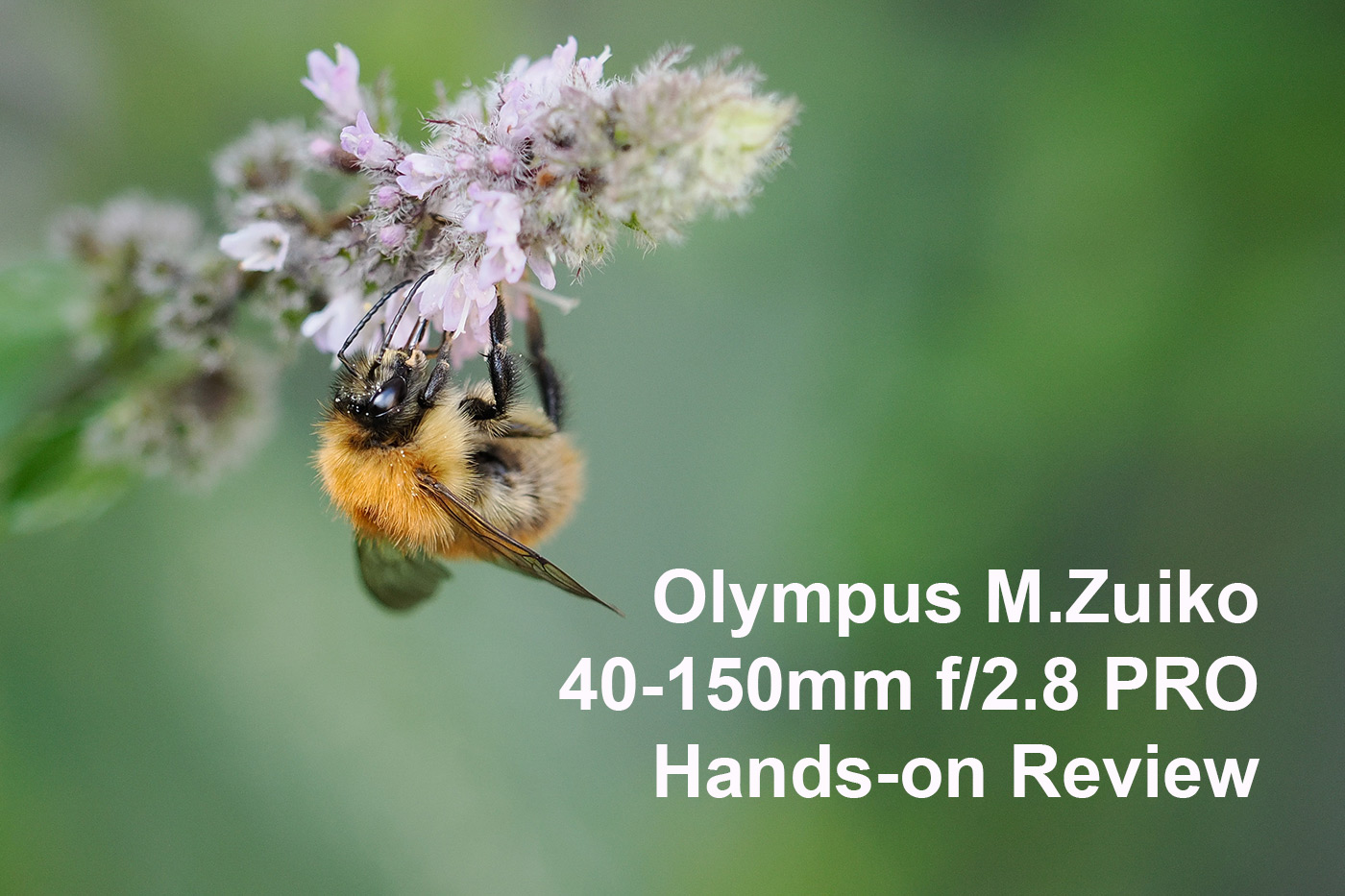
The 80-300mm full-frame equivalent zoom range covers a variety of subjects and I trained it on birds and wildlife, tele-macro close-ups, sports, and general photography, which was just the ticket for this Olympus M.Zuiko 40-150mm f/2.8 PRO review.
Although it’s been around for a while, the 40-150mm is still one of the most popular OM System lenses, although there is a newer version available on the market. The new model has the same optical design, adding OM System branding and an updated exterior, so it’s worth looking at both, if you’re considering this lens today.
Over the course of a few outings I had the chance to test it while making an OM System OM-1 review for birds and wildlife, which gave me a good idea on how it handles during real-world use. In this hands-on review you’ll find lots of sample images, autofocus and stabilisation performance, and what sorts of different subjects it’s suitable for.
So, if you’re considering the Olympus M.Zuiko 40-150mm f/2.8 PRO for your own kit, here’s everything you need to know.

Sample 01 @150mm. Camera settings: 1/1250 sec. f/2.8. ISO 4000 (right click to open larger)
Release date and Prices
The Olympus M.Zuiko 40-150mm f/2.8 PRO first came out in late 2014, which means it has been around for more than a decade, although the OM System branded version was released only a couple of years ago. This is testament to just how good the original design is, and it launched with the world’s first dual VCM autofocus system, which we’ll look at more closely later on.
As for today, you can buy a new OM System M.Zuiko Digital ED 40-150mm F/2.8 PRO for £1,199.00, or pick up a used Olympus 40-150mm f/2.8 PRO in excellent condition for around £809.00. That’s excellent value for such a versatile, compact, and sharp zoom lens, but let’s not get ahead of ourselves before we’ve had a look at the key features.
By comparison, the longer M.Zuiko Digital ED 150-600mm f/5.0-6.3 IS lens costs £2,499.00 new, although it offers the longest reach currently available in the Micro Four Thirds system.

Sample 02 @85mm. Camera settings: 1/500 sec. f/5.6. ISO 200 (right click to open larger)
Key features
The M.Zuiko 40-150mm f/2.8 PRO combines portability with pro-level performance, which is why this lens has been so popular for so long. Here are some of the most noteworthy features that make it special:
- Small and lightweight telephoto zoom lens that’s ideal for all sorts of subjects
- Covers 80-300mm equivalent full-frame zoom range
- Employs several special lens elements for excellent image quality
- World’s first Dual Voice Coil Motor (VCM) focusing mechanism
- Focuses down to 50cm, with up to 0.41x magnification for tele-macro close-ups
- Compatible with Olympus/OM System teleconverters for extra reach
- Customisable L-Fn button on the lens barrel
- 72mm filter thread size
Let’s dive into image quality next, because that really is something notable about this lens.

Sample 03 @150mm. Camera settings: 1/1600 sec. f/2.8. ISO 2500 (right click to open larger)
M.Zuiko 40-150mm f/2.8 Image Quality
This PRO lens continues to impress more than a decade after release, thanks in large to the optical design, which uses a complex arrangement of special elements. These include ED, Super ED and HR glass, along with advanced coatings that help deliver sharp, detailed results across the entire frame.
Results are excellent, and images hold up even when you pixel peep, with 100% crops provided in this review that show excellent resolution with plenty of very small details on various subjects. I found close-ups of bees and pollinators particularly good, with tiny hairs, pollen and textures rendered clearly, with no noticeable colour fringing anywhere, even at high contrast edges. This lens certainly appears to resolve impressive amounts of detail from close-up to more distant in the frame.

100% crop from previous image to show detail straight out of camera
At the longer end, images are still consistently sharp, while the constant f/2.8 aperture offers a shallow depth of field when you want it, as well as good light gathering capabilities. Colours are natural and accurate straight out of the camera, which adds to the versatility, as an all-round general purpose zoom that you can you shoot to post.
The wide aperture combined with longer focal lengths allows you to separate your subject beautifully from the background, and it is able to create buttery smooth blurred defocus areas in the image, with nice transitions between in and out of focus, that make your subject really stand out.
This is a lens rightly deserves to be such an enduring model in the OM System line-up, and image quality will no doubt be one of the primary reasons for picking one up. Before we move on to handling and build, let’s explore the subjects you can capture with it.
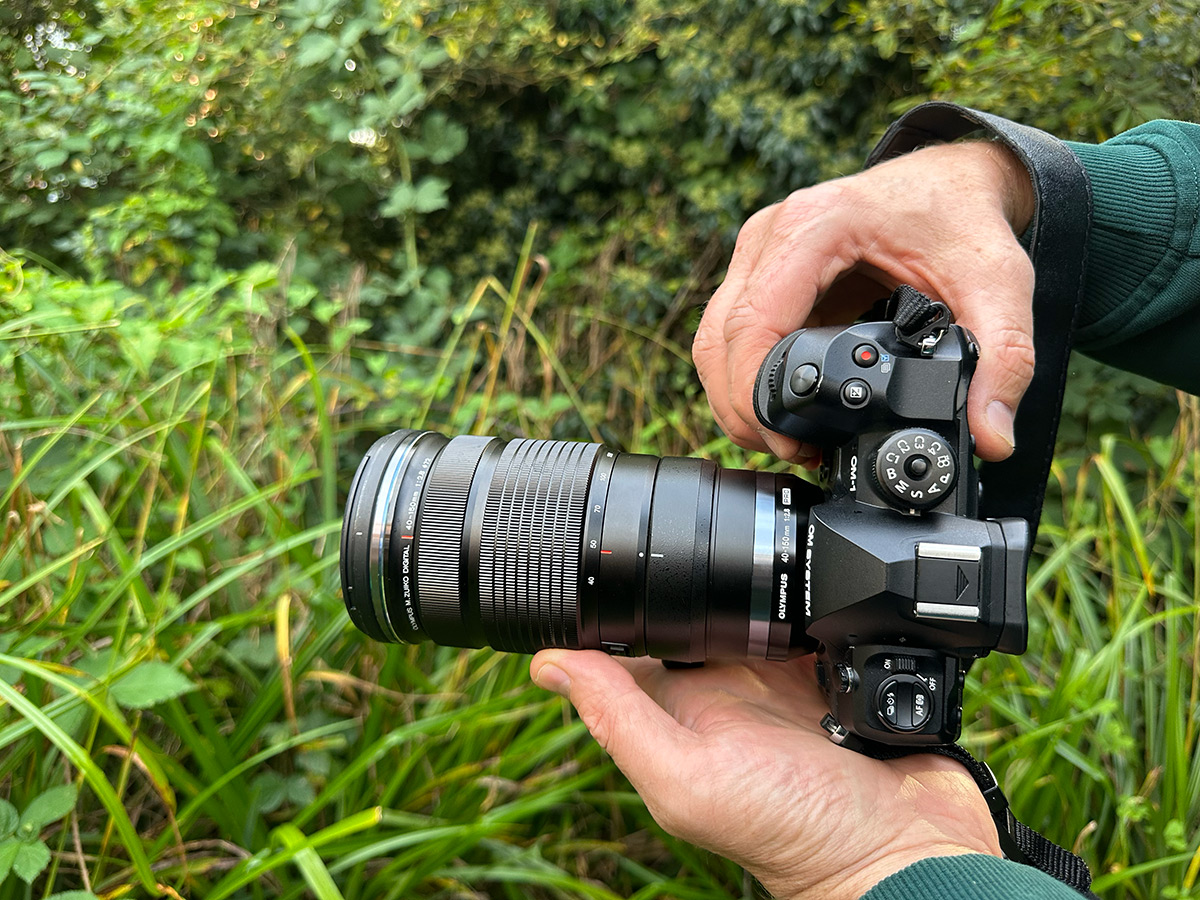
What subjects can you capture with an 80-300mm equivalent lens?
The 40-150mm f/2.8 PRO zoom range is far more versatile than it might first appear, with a zoom range that spans everything from nature and wildlife to people, travel, and even close-ups thanks to the high maximum magnification this lens offers.
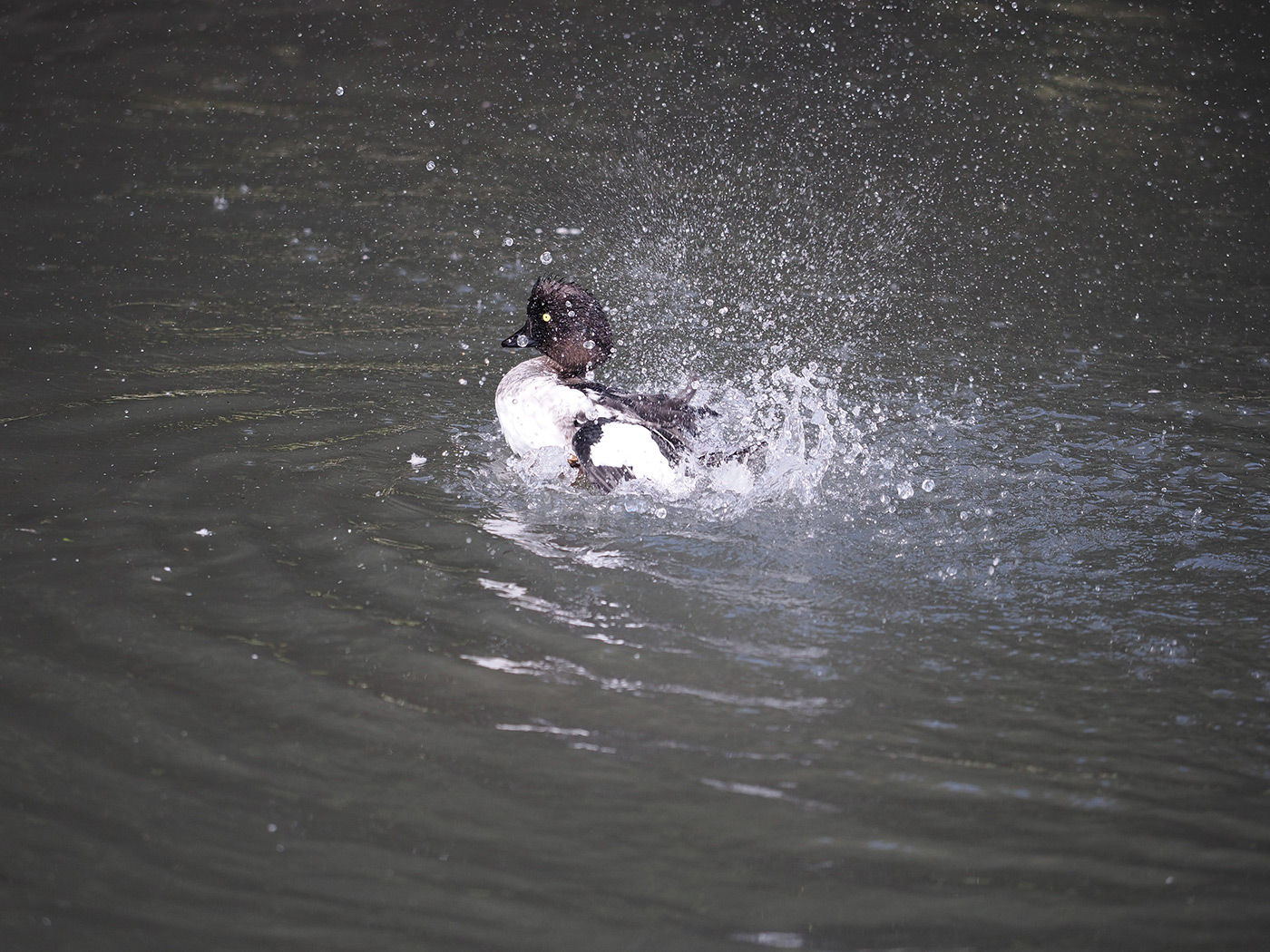
Sample 04 @150mm. Camera settings: 1/1250 sec. f/2.8. ISO 500 (right click to open larger)
That allows you to capture all sorts of subjects including:
- Birds and wildlife (ideally slightly closer)
- Insects, flowers, and other tele-macro subjects
- Indoor, and closer outdoor sports and action
- Portraits
- Events and performances
- Travel
- Landscapes
- Street and candid photography
- Everyday snapshots
- Video
Adding the OM System M.Zuiko Digital MC-14 1.4x Teleconverter or M.Zuiko Digital 2x Teleconverter MC-20 will get you to 56-210mm f/4.0 (equivalent to 112-420mm), and 80-300mm f/5.6 (equivalent to 160-600mm) respectively. This opens up even more opportunities for more distant subjects, but I didn’t have a TC to hand for testing.
With so many possibilities you might find that it becomes your new go-to zoom, but how does it handle? Let’s take a closer look at the build and ergonomics next.
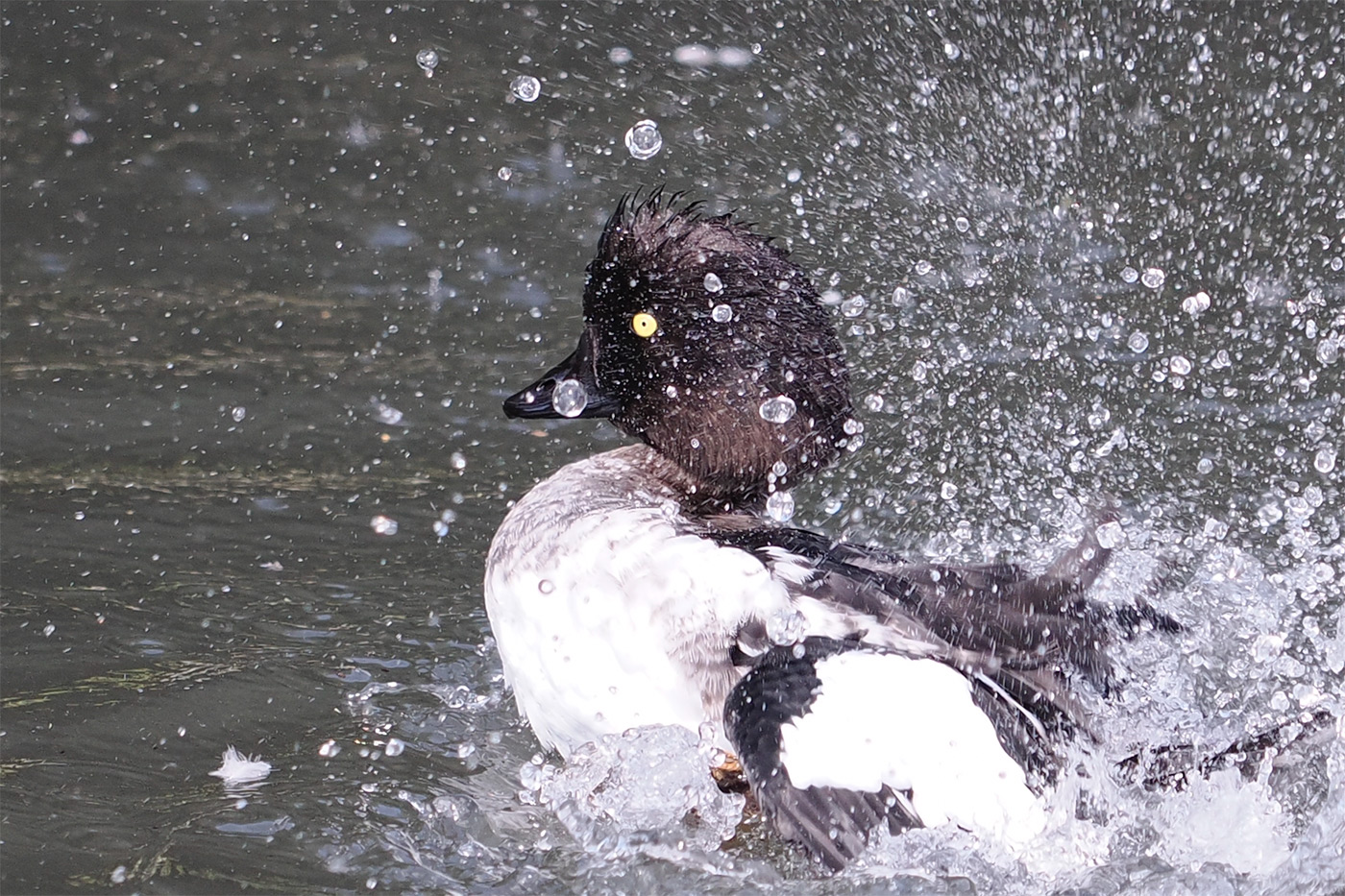
Another 100% crop to show detail
Build and Ergonomics
I’m accustomed to full frame equipment and immediately noticed that the Olympus M.Zuiko 40-150mm f/2.8 PRO is very compact for a professional telephoto zoom. It measures 79 x 160mm and weighs only 760g, which is fairly hefty for a micro four thirds lens, but lightweight for other systems.
It is easy to handhold and balances well on the slightly larger OM-1 Mark II. Build quality is what you might expect from a PRO series lens, and it’s weather-sealed against dust and moisture, with a distinct all-metal barrel that has smooth-turning rings.
A clever lens hood is included with this model too, which slides forward to lock in place and retracts back over the barrel when not in use. It’s a simple but unique design that makes the lens quicker to deploy in the field, and it also protects the front element without needing to remove and potentially lose the hood.
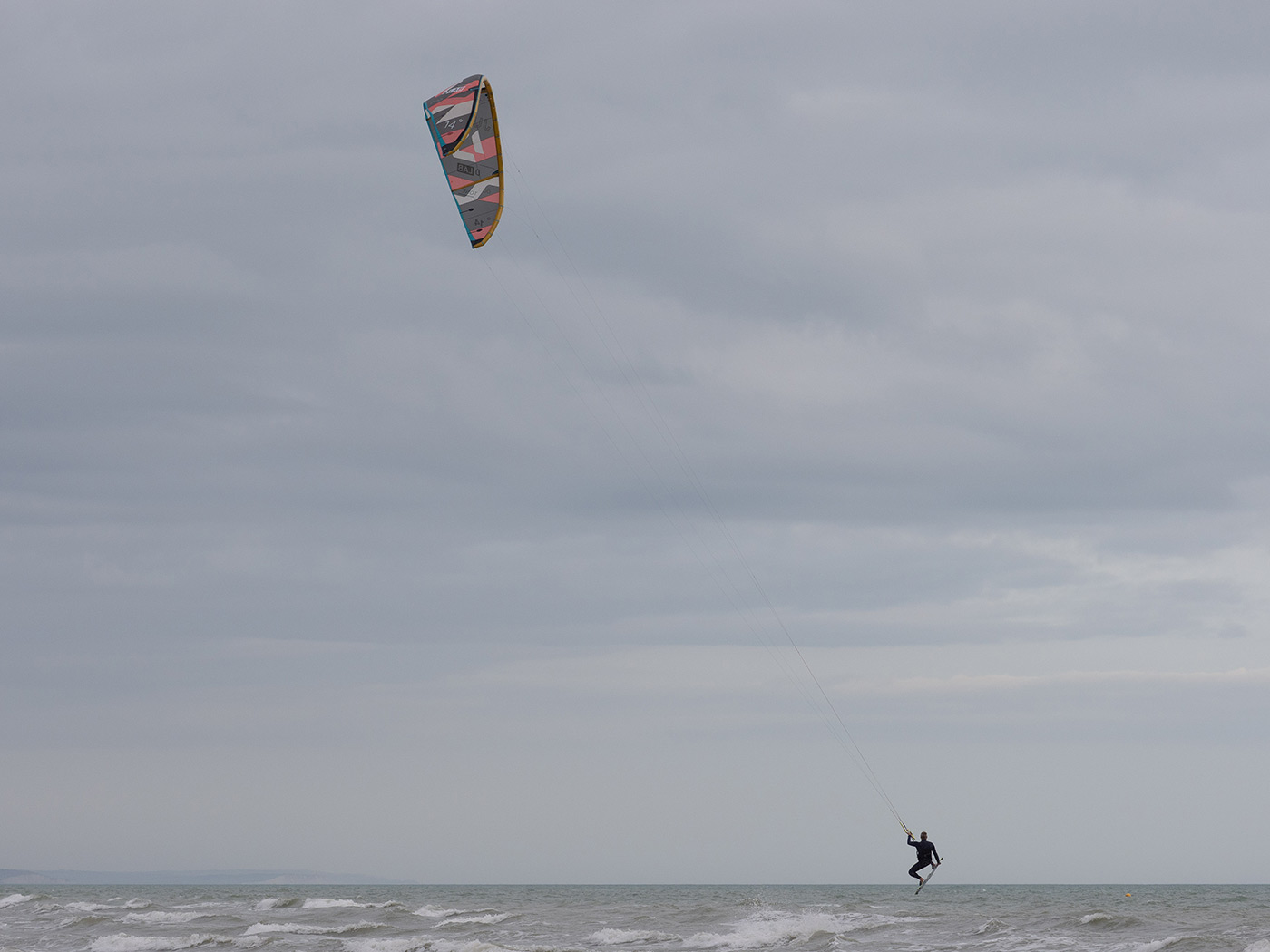
Sample 05 @85mm. Camera settings: 1/1250 sec. f/4. ISO 250 (right click to open larger)
Another highlight is the internal zoom, as the lens stays the same length throughout the range, which helps with balance and avoids the front element from shifting outwards. I didn’t program it, but there is a customisable L-Fn button, contributing to what feels like a really well designed lens that you can use all day, everyday.
I especially liked the removable tripod collar, which I didn’t expect on a lens of this length, but it doubles nicely as a handle for carrying the lens around. It’s time to see how the focusing performs, as well as overall performance in the field.
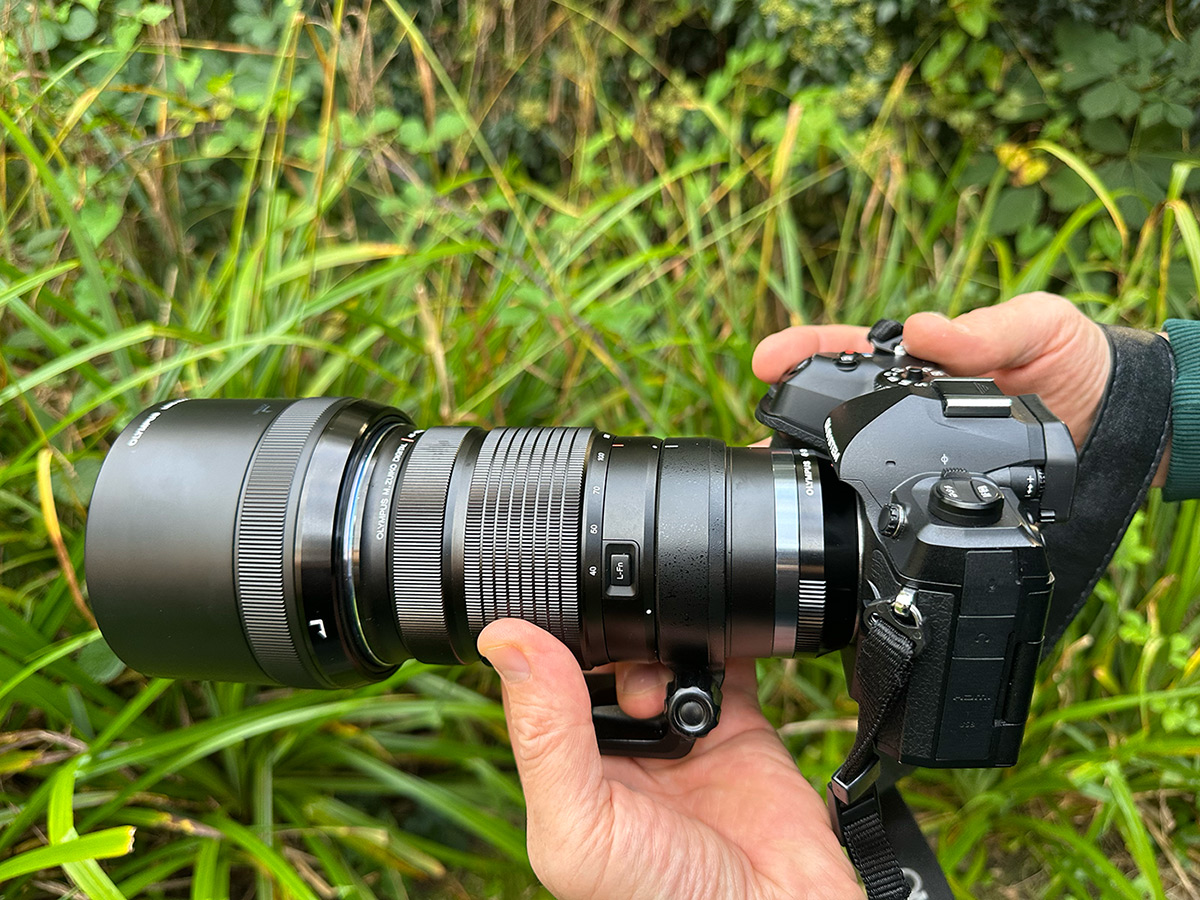
Autofocus Performance
Autofocus is another area where the 40-150mm f/2.8 PRO excels. It was the first lens to feature a dual VCM (Voice Coil Motor) system, and in practice it’s every bit as quick as you might hope. Subject detection and tracking worked extremely well with the OM-1 Mark II, locking onto even small subjects and following them quite accurately across the frame.
Continuous AF with tracking produced good results, with the lens responding virtually instantly to changes in subject movement. I could rely on it to keep up with most subjects, and the focus is smooth and confident across all of the zoom ranges.
No system is perfect, and of course there were focus misses, which typically came down to user error, the camera not recognising subjects quickly enough, or the occasional miss that every system experiences. I had my fair share, but there were far more hits than misses.
Overall, focus is blazing fast, near silent, and precise, making this lens a great match for subjects which move around, as well as more static objects.

Sample 06 @106mm. Camera settings: 1/1250 sec. f/4. ISO 400 (right click to open larger)
Tele-Macro
Another impressive feature of the lens is the ability to capture tele-macro shots. With a minimum focusing distance of 50cm from the front element and a maximum magnification of 0.41x, it allows you to get surprisingly close to subjects while keeping a comfortable working distance.
This makes it ideal for photographing insects and flowers without disturbing them, while still capturing plenty of detail. I was able to capture sharp close-ups of bees and butterflies, with excellent contrast and no visible chromatic aberration even at high magnification.
The constant f/2.8 aperture also helps create attractive subject separation, giving images a pleasing look despite the deeper depth of field of the Micro Four Thirds format. This tele-macro ability adds a huge amount of versatility to the lens.
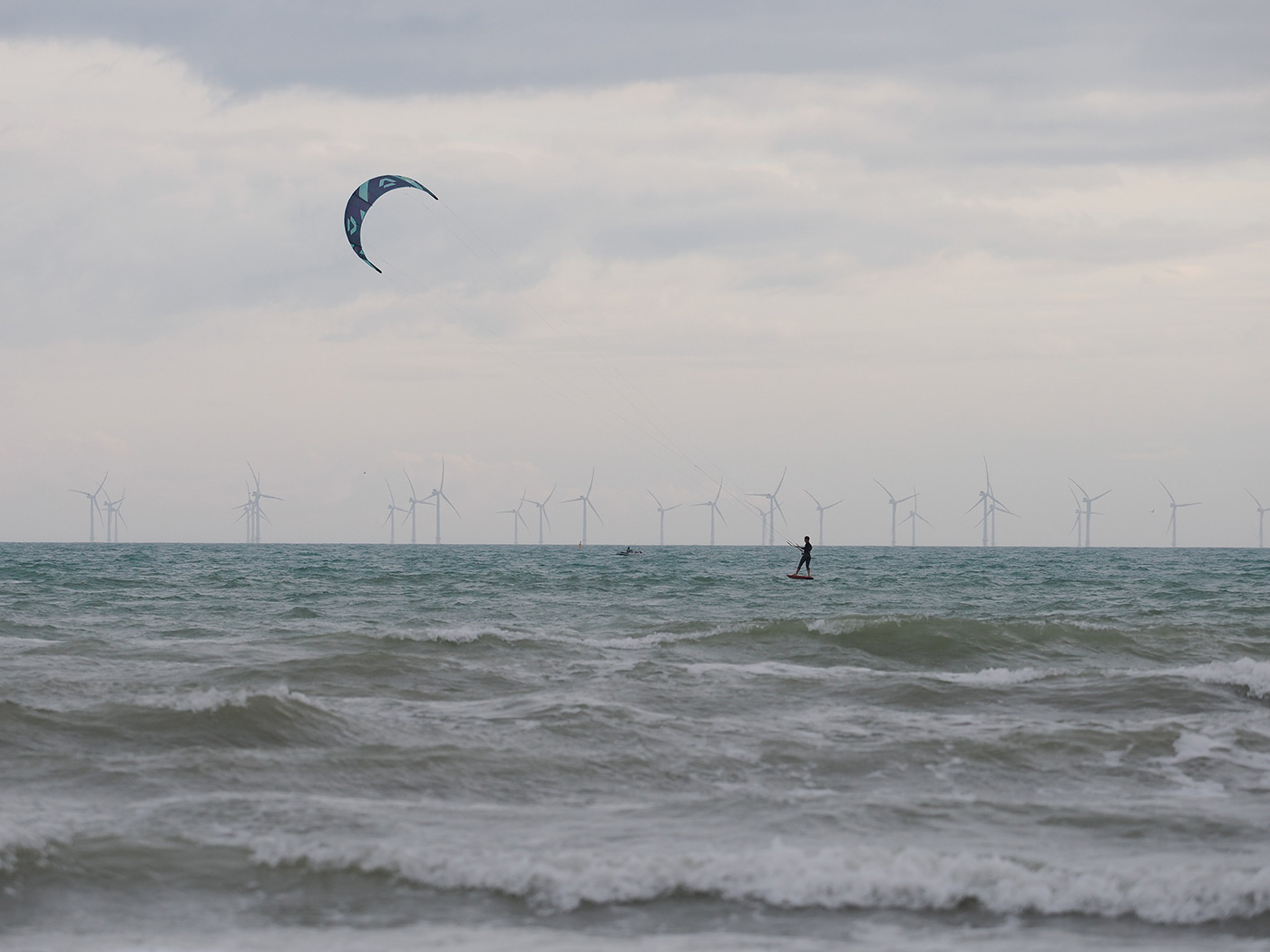
Sample 07 @150mm. Camera settings: 1/1250 sec. f/4. ISO 320 (right click to open larger)
The Olympus M.Zuiko 40-150mm f/2.8 PRO combines a compact size with excellent image quality, blazing-fast autofocus, and useful tele-macro versatility. After more than a decade on the market, it is still one of the most versatile options for Micro Four Thirds creators, who want a general purpose zoom for all sorts of subjects.
Stabilisation is handled entirely in-body, and when mounted on a camera like the OM-1 Mark II it provides enough support for handheld shooting, even at somewhat slower shutter speeds. Handling is great, with fast autofocus, an easy lens to carry and overall it was an eye-opener that such a compact, affordable zoom delivers so much.
Order your own updated OM System M.Zuiko Digital ED 40-150mm F/2.8 PRO today, or browse for a used Olympus 40-150mm f/2.8 PRO and enjoy outstanding value on a pro-level telephoto zoom.
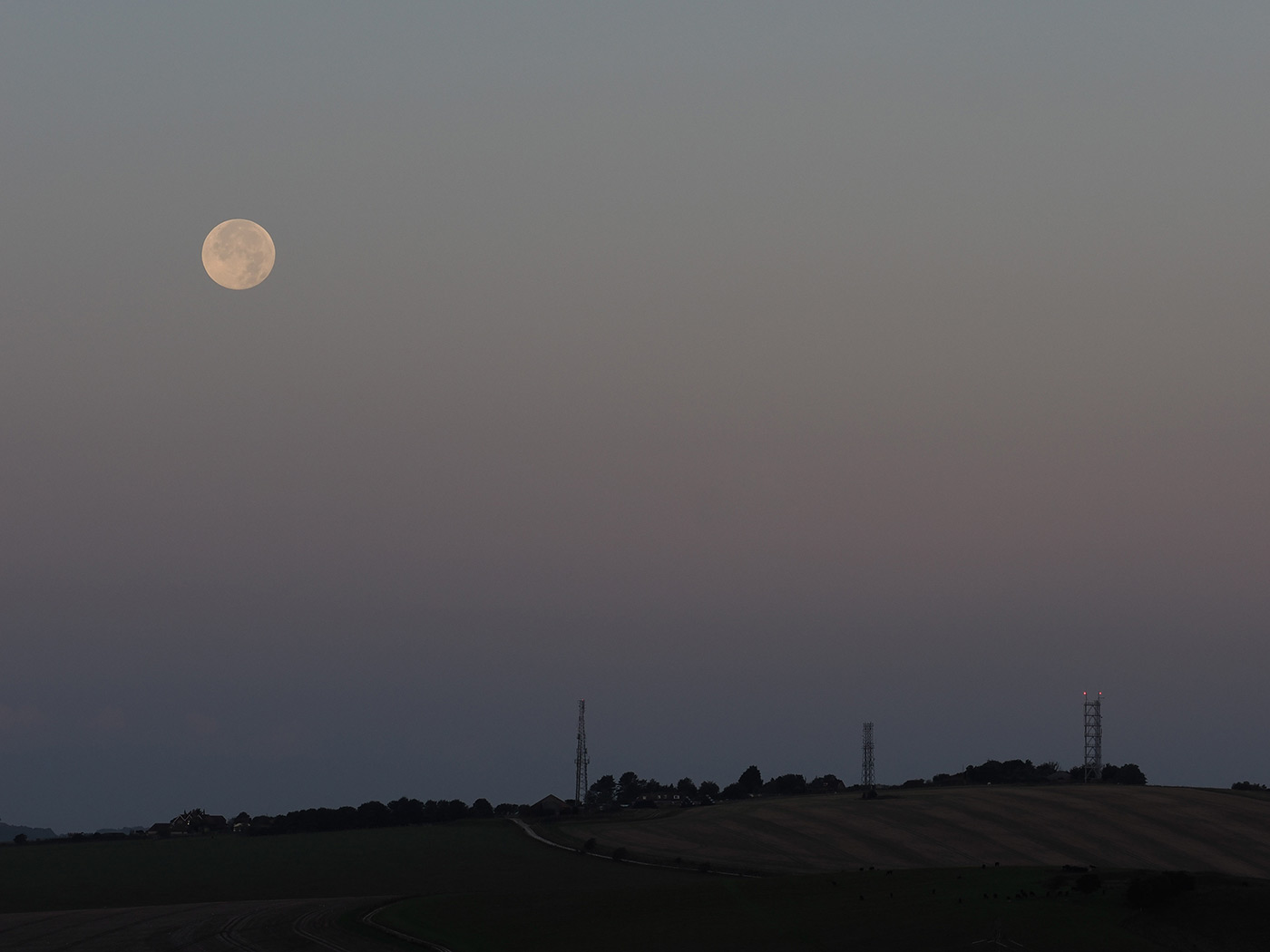
Sample 08 @100mm. Camera settings: 1/160 sec. f/8. ISO 200 (right click to open larger)
Share this post:
By Nick Dautlich on 07/10/2025
Nick Dautlich
Senior Content Writer and Product Reviewer
Nick Dautlich is the Senior Content Writer and Product Reviewer at Park Cameras, with over 15 years of photography experience. A Sony Imaging Professional and expert reviewer, Nick has worked with major brands such as Canon, Sony and Nikon. His work is also featured on Vanguard World UK’s website, Capture Landscapes, and Shutter Evolve. Nick’s photography includes National Trust projects and magazine covers and he is passionate about landscapes and storytelling. Nick also enjoys hiking and teaching his children about nature. Learn more on his profile page.
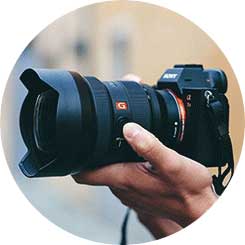
Trade in your old equipment
Fast and easy trade in service ensures your old gear is collected efficiently and you are paid quickly! It's very simple to trade in your unwanted photography gear. Just head over to our dedicated Sell or Part Exchange page, fill out the details, and we'll get back to you with an offer for your old gear. Take the cash, or put it towards the cost of your new gear. It's up to you! Find out more
sign up to the newsletter
Keep up to date on the latest photography news, events and offers. Sign up now